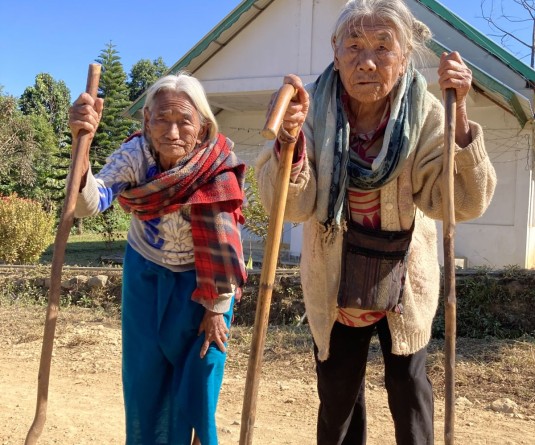
Dr John Mohan Razu
Political economy of the world and the political and economic systems are arranged and managed towards that direction enabling the rich to become richer and the poor to remain poorer.In that direction even the international monetary systems and multilateral arrangements are geared to maintain the programmed dynamic. For instance, a recently released government report shows that the richest 10 percent of Indians own over half of the country’s physical and financial assets, while the bottom 50 percent own less than 10 percent. In addition, the All India Debt & Investment Survey (NSS) shows that the riches tenth of the population owns 55.7 per cent of the total assets in urban areas and 50.8 per cent in rural areas.
The calculations were done based on the assets by adding a monetary value on everything owned by the households. This includes physical assets like land, buildings, livestock, agricultural machinery, non-farm business equipment and as well as financial assets like receivables on loans advanced, shares in companies and cooperative societies, deposits in banks, post-offices and so on. The survey, conducted from January to December 2019, estimated that the total physical and financial assets owned by people living in the rural areas was to the tune of Rs. 274.6 lakh crore of which Rs. 139.6 lakh crores was owned by the richest 10 percent. In rural areas, the top 10 per cent owned assets worth Rs. 132.5 lakh crore out of a total Rs. 238.1 lakh crore. The bottom 50 per cent owned 10.2 per cent of assets in rural areas and an even smaller 6.2 per cent in urban areas.
The divide and the gap are even more marked in some states. Within rural areas, where close to two-thirds of India lives, the skew was the highest in Delhi, with the top 10 per cent owning 80.8 per cent of assets and the bottom 50 per cent just 2.1 per cent. This could be due to the high valuation of the remaining land left in the peripheries of Delhi – as part of rural. Amongst the larger states than Delhi, asset inequality in rural areas was starkest in Punjab where the richest 10 per cent own over 65 per cent of assets and the bottom 50 per cent just 5 per cent. Similarly, Karnataka, Telangana, Maharashtra, Himachal Pradesh among states with the highest inequality in asset ownership in urban areas. In these states, the richest 10 per cent owned 55 per cent or more of total assets while the poorest half owned 5 per cent or less.
Uttarakhand, Madhya Pradesh and Haryana also had pronounced skews in asset ownership in the villages. Among large states and union territories (UT), the rural skew was at least in Jammu and Kashmir (J &K) with the top 10 per cent ownership owning 32 per cent and the bottom half 18 per cent.The widening inequality in resource possession obviously leads to escalating poverty and hunger. For instance, more than a quarter (27.9%) of Indians live in multidimensional poverty, but the poor are predominantly from the scheduled tribes (ST) and castes (SC). Half of the STs, and a third of the SCs are multidimensionally poor, as against 27.2% OBCs and 15.6% unreserved population group. However, poor people in all these groups have almost have similar living conditions as they are deprived to a nearly similar degree. India now has 381 million people living in multidimensional poverty – almost four times more than Nigeria (93 million).
Poverty is measured usually by income. Years ago, the Planning Commission defined people living on less than Rs 33 a day in the urban areas of India as poor, while the international agencies defined poverty line as those living on less than $1.9 a day. Over a period of time perceptions did change from unidimensional poverty to multi-dimensional levels adding other parameters such as malnourishment, illiteracy, living without basic needs, ill-health and so on. The total spending of the Government of India for health is just 3.4 per cent. WHO in its report pointed out that health inequity analysis showed that some were able to “live healthier lives and have better access to health services than other—entirely due to the conditions in which they are born, grow, work and age”.We did witness during the second wave of COVID-19, where the poor and the vulnerable could not afford and just perished from the face of this earth.
Even in the area of literacy, as of 2019, 1.1 lakh schools in India are single-teacher entities which reflect in the learning process. According to UNESCO Pupil-teacher ratios are adverse in secondary schools. The need for teachers is like to grow, given the shortage in certain education levels and subjects in view of the fact that 30 per cent of the current workforce will need to be replace. Therefore, poverty and hunger, illiteracy, roof over their heads, ill-health and malnourishment would remain and tends to escalate as long as the current arrangement continues. Unless and until the current political economy and global arrangements are dismantled, the gap between the rich and poor will widen and thus reflect in multi-dimensional ways.




